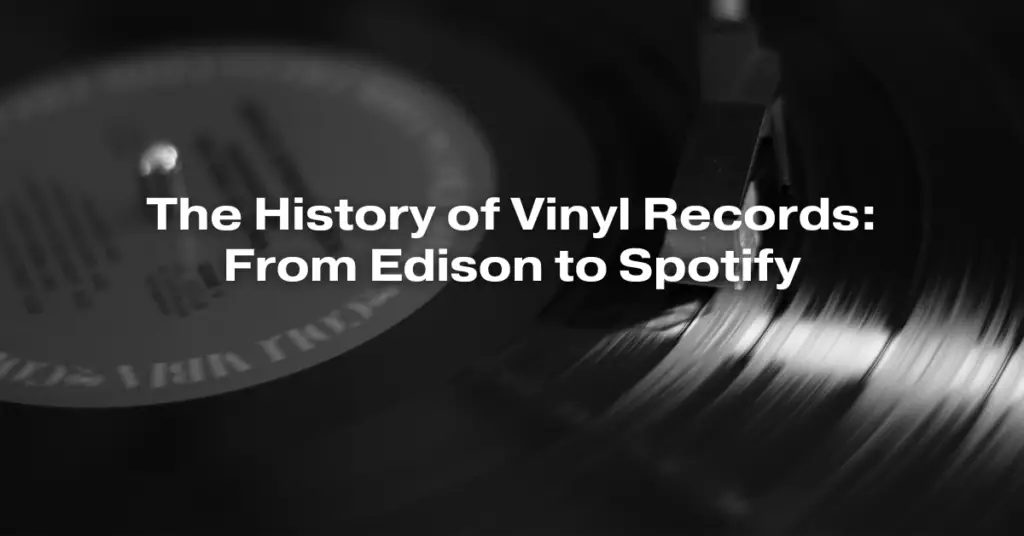Vinyl records have a rich and storied history that spans over a century, from the early days of analog sound to the digital streaming era. In this article, we’ll take a journey through the history of vinyl records, exploring their evolution, impact on music culture, and enduring appeal in the age of digital streaming services like Spotify.
The Birth of Sound Recording (Late 19th Century):
The history of vinyl records begins with the invention of sound recording. In 1877, Thomas Edison introduced the phonograph, a device that could capture and reproduce sound by etching grooves onto a rotating cylinder. This invention marked the birth of recorded music.
Shellac Records (Early 20th Century):
By the early 20th century, the phonograph had given rise to shellac records, which were made from a brittle, shellac-based compound. These records played at 78 revolutions per minute (RPM) and became the dominant format for recorded music.
The Vinyl Era (Late 1940s – 1950s):
In the late 1940s, a breakthrough occurred with the introduction of vinyl records. Vinyl offered several advantages over shellac, including greater durability and the ability to produce quieter, high-fidelity recordings. The introduction of the 33 1/3 RPM long-playing (LP) record and the 45 RPM single revolutionized the music industry. LPs allowed for longer recordings, such as full-length albums, while 45s were ideal for hit singles.
The Golden Age of Vinyl (1960s – 1970s):
The 1960s and 1970s are often considered the golden age of vinyl records. Iconic artists like The Beatles, Pink Floyd, and Led Zeppelin released groundbreaking albums in this era, contributing to vinyl’s popularity. Album cover art also flourished during this period, with innovative designs becoming an integral part of the music experience.
The Rise of Cassette Tapes and CDs (1980s – 1990s):
In the 1980s, cassette tapes and compact discs (CDs) emerged as new music formats. CDs, in particular, offered digital sound quality and portability. Vinyl sales declined, and many predicted its demise.
The Vinyl Revival (Late 20th Century – Present):
Contrary to expectations, vinyl records experienced a revival in the late 20th century and continue to thrive today. Several factors contributed to this resurgence:
- Audiophile Appeal: Audiophiles and music enthusiasts rediscovered vinyl’s warm, analog sound, praising its authenticity.
- Nostalgia and Collectibility: Vinyl records became cherished collectibles, with many seeking rare and vintage releases.
- Album Cover Art: Vinyl’s large format allowed for stunning album cover art, contributing to its visual appeal.
- Record Store Day: The annual Record Store Day event celebrates independent record shops and vinyl culture, boosting sales and interest.
- Vinyl in the Digital Age: Vinyl found its place alongside digital formats, offering a tactile and nostalgic counterpoint to streaming services like Spotify.
Vinyl in the Spotify Era:
In the age of digital streaming services like Spotify, vinyl records maintain their allure. They offer a tactile, immersive listening experience that complements the convenience of digital music. Vinyl collectors appreciate the ritual of flipping records and the analog warmth that vinyl brings to their music.
In conclusion, the history of vinyl records is a testament to their enduring appeal. From Edison’s phonograph to the vinyl revival in the Spotify era, vinyl records have left an indelible mark on music culture. As technology evolves, vinyl remains a cherished format that connects music lovers to the rich history and authenticity of recorded music. Whether spinning vinyl or streaming digitally, music enthusiasts continue to find joy in the art and passion of sound.

